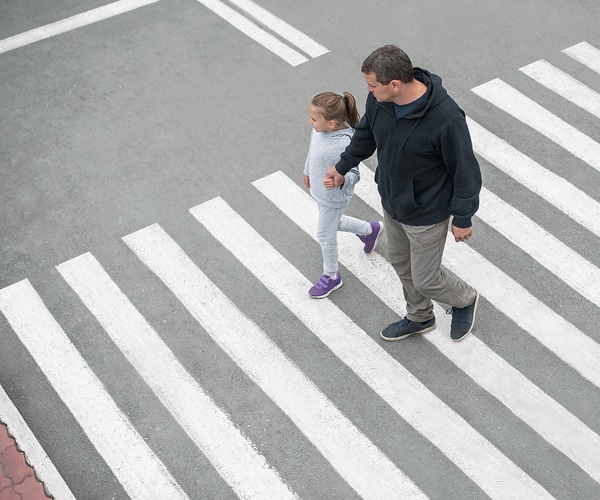
How to treat PTSD?
May 8, 2023Once a child has been diagnosed with PTSD, and their safety has been assured, they need immediate access to effective treatments. The Children’s Health Policy Centre has conducted a systematic review on what such treatments entail.
Among the successful interventions was Prolonged Exposure, a program based on cognitive-behavioural therapy (CBT). It led to statistically significant improvements for all PTSD-related outcomes. In particular, 63% of Prolonged Exposure youth were diagnosis free at six-month follow-up, compared to 26.% of controls. Prolonged Exposure youth also reported significantly fewer PTSD symptoms, differences that were both statistically significant and clinically meaningful. However, group differences were no longer significant for the one PTSD symptom measure used at 17-month follow-up.
In a second Prolonged Exposure study, the intervention led to significant improvements on most PTSD- related outcome measures. In particular, 89 % of Prolonged Exposure youth were diagnosis free at one- year follow-up, compared to 54 % of controls. Prolonged Exposure youth also had significantly milder PTSD symptoms than controls by both self-report and examiner ratings, with a large effect size for the latter. But there was no significant difference on a measure that combined the number and severity of self-reported PTSD symptoms. Finally, overall functioning improved significantly more for Prolonged Exposure youth.
A treatment called KIDNET, which also based on CBT, similarly led to several benefits at four-month follow-up. Intervention children had significantly fewer intrusive thoughts and avoidance symptoms. KIDNET also significantly reduced the severity of PTSD symptoms — by 60%. As well, 84% of intervention children no longer met diagnostic criteria for PTSD, compared with 30% of controls. KIDNET also led to better overall functioning. Hyperarousal was the only PTSD symptom that this intervention did not significantly improve.
The sole medication trial found no difference in posttraumatic stress symptoms for children on D-cycloserine compared with controls at three-month follow-up. Importantly, both intervention and control children received CBT — and all had significantly lower posttraumatic stress symptom scores at follow-up. In fact, scores were reduced by approximately 50% between baseline and follow-up, suggesting benefits from CBT.
For more information, see Vol. 15, No. 2 of the Children’s Mental Health Research Quarterly.
